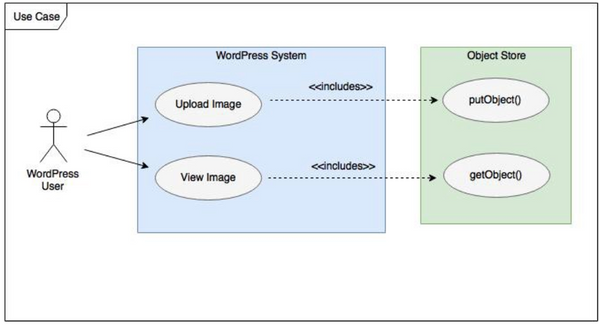Set up an automated data backup system with MinIO and CloudBerry
Data loss is more frequent that we think. Whether you lose data from your laptop or a mission critical application server, it can be devastating. You may not have faced it yourself, but think of people close to you — friends, family, colleagues—and you’ll find several instances of people losing critical personal or business data. To avoid such loss,
Read more








